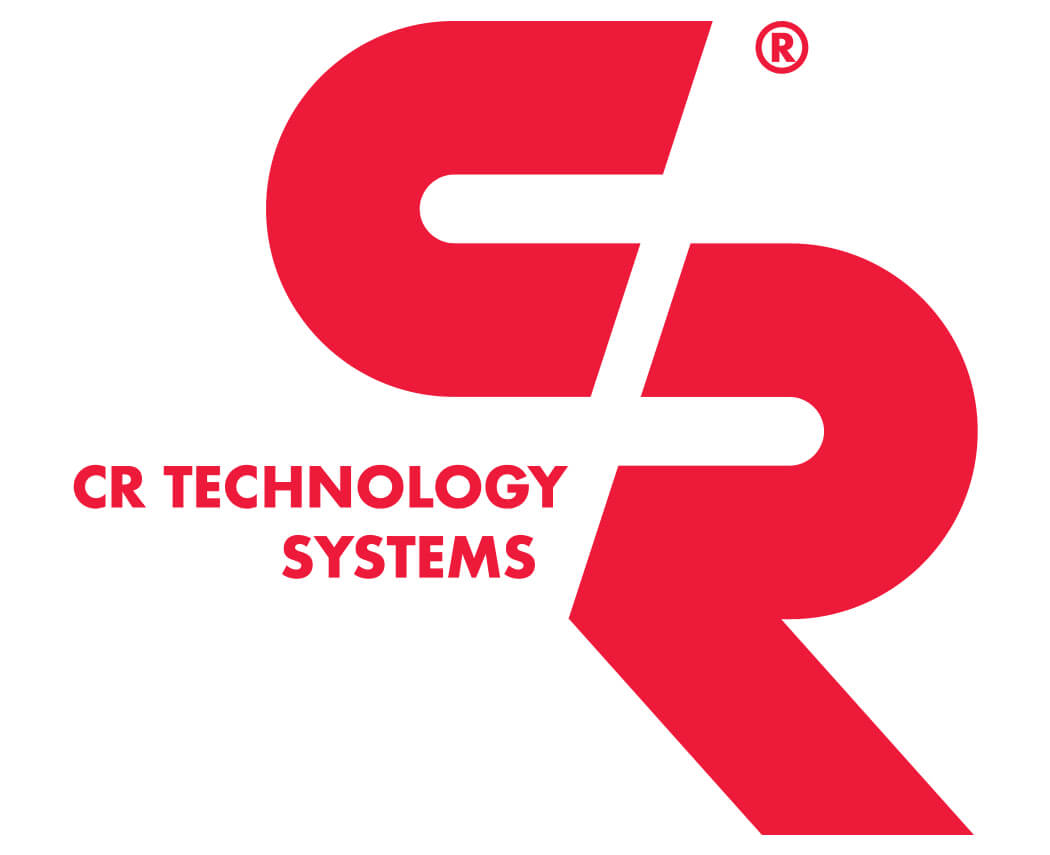In recent years, the introduction of predictive maintenance has significantly impacted the offer of our solutions.
This type of maintenance differs from the traditional one because it responds to a need to prevent malfunctions, starting from the study of real data concerning the operating and use of the system, and not from mere statistical data.
This is possible thanks to the development of digitalization, which through instruments, such as sensors and devices, interconnected with each other, allow to surgically monitor the functionality of the system and to collect data that feed the algorithms necessary for predictive maintenance.
Key strengths of predictive maintenance
- Interconnectivity: main productive components of the plant are equipped with specific interconnected sensors, able to collect data;
- Energy-saving: sensors are wireless and Bluetooth-connected, thus they consume little energy;
- Automation: the use of cutting-edge technology machinery, such as SCADA system, equipped with self-learning technology, permits to avoid the occurrence of damage and inefficiency;
- Smart monitoring: the continuous and rapid remote access to machinery significantly reduces the time and costs of maintenance operations.
Our solutions for predictive maintenance
As anticipated, we use a range of instruments to support this activity, among whom:
- SCADA system: Supervisory, Control and Data Acquisition of the industrial trial.
- Gateway: a device used for the transmission of data between a local plant network and another electric grid or system.
- PPC (Power Plant Controller): controller applied mainly in photovoltaic systems.
- PLC (Programmable Logic Controller): applied in the industrial field to automatize different electromechanical processes.
- RFID sensors: applied on switchgear and cabins for the wireless monitoring of the temperature.
Thanks to the integration of these technologies, strongly linked to the world of IoT and machine learning, we are able to supervise and maintain a plant in optimal conditions throughout its life cycle.

